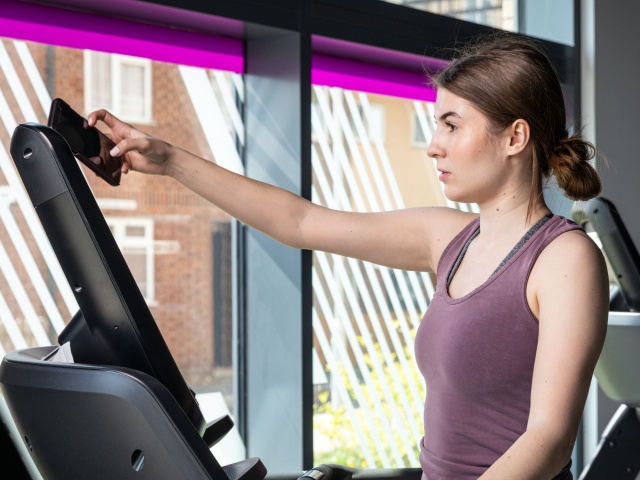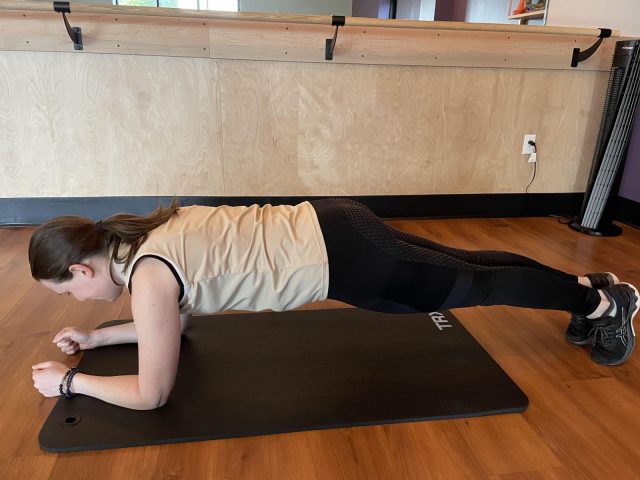Rest and Recovery in Exercise
July 13, 2023

In today’s fast-paced world, where we constantly strive for peak performance and efficiency, it’s easy to overlook the vital role that rest and recovery play in our exercise routines. We often fall into the trap of believing that the more we push ourselves, the better the results will be. However, neglecting rest can lead to burnout, injuries, and stagnation in our fitness journeys. In this blog post, we’ll delve into the importance of rest and recovery in exercise, exploring how it fuels progress, prevents burnout, and enhances overall well-being.
The Science Behind Rest and Recovery
Before we delve into the practical aspects, let’s understand the science behind rest and recovery. During exercise, our bodies experience physical stress and muscle tissue breakdown. This stress triggers adaptation and growth, leading to improved strength and endurance. However, this growth occurs during rest periods, not during the actual exercise. Rest and recovery allow our bodies to repair damaged tissues, replenish energy stores, and adapt to the demands of exercise.
Muscle Recovery and Growth
Rest days are essential for muscle recovery and growth. When we engage in intense workouts, microscopic damage occurs in our muscle fibers. It is during rest that our bodies repair these fibers, leading to increased strength and muscle growth. Without adequate rest, our muscles never have a chance to recover fully, hindering progress and increasing the risk of overuse injuries.
Preventing Overtraining and Burnout
Rest and recovery also play a crucial role in preventing overtraining and burnout. Overtraining occurs when we push ourselves beyond our body’s capacity to recover. Symptoms of overtraining include fatigue, decreased performance, mood swings, and increased susceptibility to illness. By incorporating rest days into our exercise routines, we allow our bodies to replenish energy, reduce stress hormones, and restore hormonal balance, preventing burnout and promoting overall well-being.
Injury Prevention
Regular rest and recovery periods are essential for injury prevention. Overuse injuries, such as stress fractures, tendinitis, and muscle strains, often occur when we repeatedly stress our bodies without giving them enough time to recover. Rest days allow for proper healing and reduce the risk of chronic injuries. It’s important to remember that rest doesn’t necessarily mean complete inactivity. Incorporating active recovery activities like stretching, yoga, or low-impact exercises can help maintain mobility and blood flow without overtaxing the body.
Mental Well-being and Motivation
Rest and recovery are not just about physical rejuvenation; they also have significant mental health benefits. Exercise can be mentally demanding, and taking time off helps prevent exercise from becoming a source of stress rather than a stress reliever. Rest allows our minds to recover, reduces anxiety, and enhances motivation, ensuring a sustainable and enjoyable exercise routine. It’s during rest that we can reflect on our progress, set new goals, and maintain a positive mindset.

Optimizing Performance
Contrary to popular belief, more is not always better when it comes to exercise. Incorporating strategic rest and recovery into our training schedules can actually optimize performance. By allowing our bodies and minds to recover fully, we can perform at our best during workouts, maximize our gains, and achieve long-term progress. Rest and recovery should be viewed as an integral part of our training plan, rather than a sign of weakness or laziness. Are you looking for a great belly fat burner, then visit their page for more info.
Conclusion
In the pursuit of fitness goals, it’s important to remember that progress doesn’t solely rely on pushing ourselves to the limits. Rest and recovery are fundamental components of any successful exercise routine. By prioritizing rest, we nourish our bodies, prevent burnout, reduce the risk of injuries, and ensure sustainable progress. So, let’s embrace the power of rest and recovery and unlock our true potential in the world of fitness.





Recent Comments